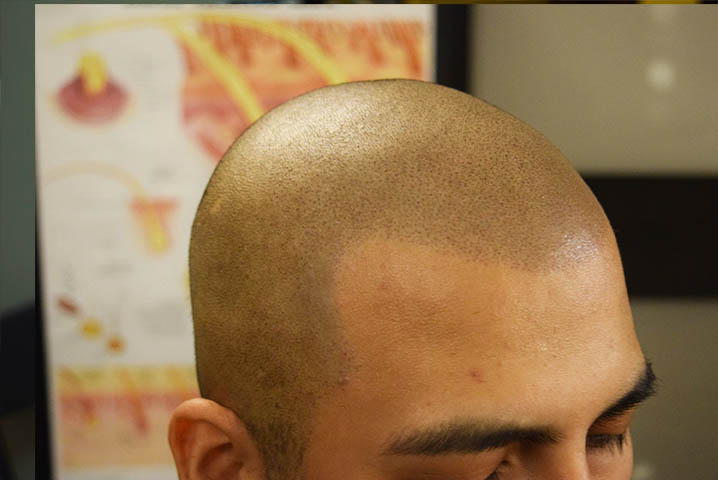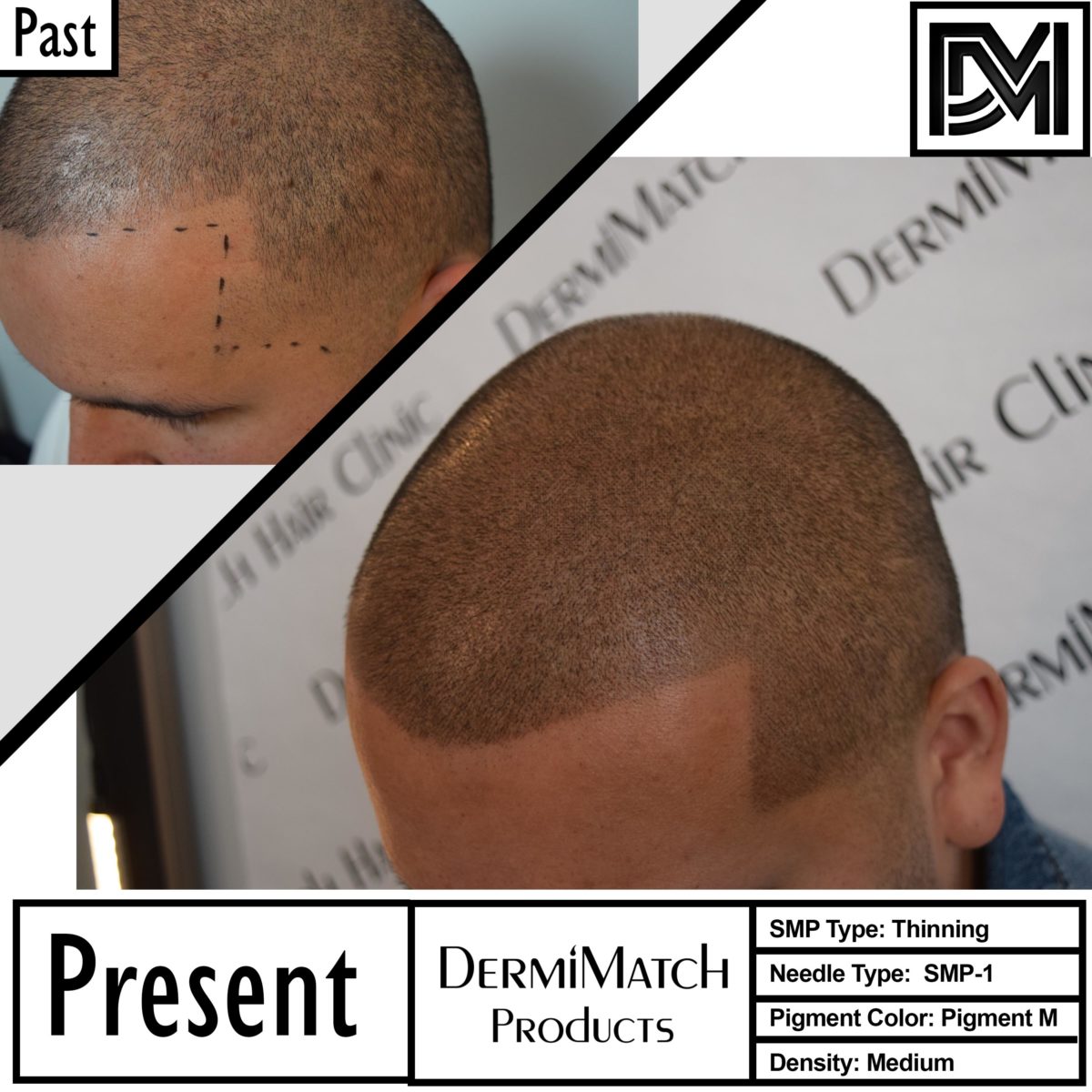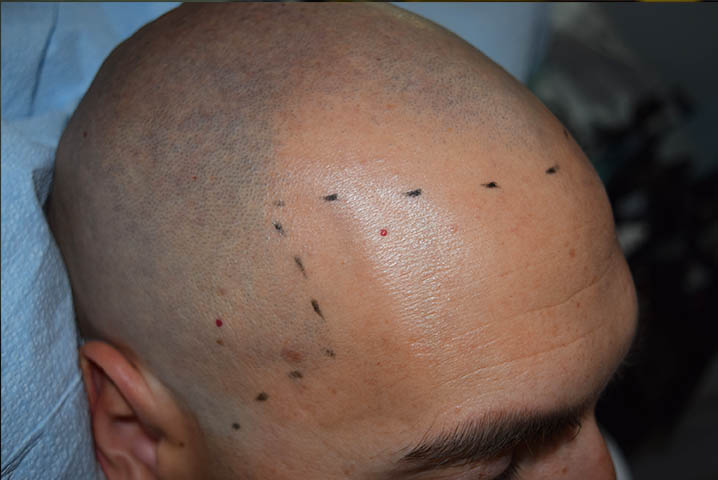Life is stressful. There are all kinds of stress reasons for all of us. Increased stress levels come with a host of problems, from physical to emotional. True, it can cause blood pressure increase as well as blood sugar spikes. Today, it’s a known fact that stress and hair loss are indirectly connected. Research validates this fact. Lab tests on mice show that stress results in the release of corticosterone hormone, which blocks the production of GAS6 protein. What is this protein? Let’s find it below.
The GAS6 Protein Connection
The GAS6 protein is believed to stimulate the growth of hair follicles. High levels of the stress hormone might prevent the protein from reaching the levels required for the growth of hair.
There are 3 different stages of hair growth, beginning with anagen. This is the time when follicles push through a hair shaft. After anagen comes catagen when the hair stops growing while shrinkage starts in the lower part. The final stage is a resting period when fair follicle stem cells are no longer active. As a result, they cause loss of hair.
Research reveals that hairs remain in the telogen phase for fewer than 20 days in people with stress. Restoring the GAS5 protein helps restore normal levels of hair growth in lab mice.
Now that you know stress is bad, how can you stop hair from falling out?
Dealing with Stress and Hair Loss
Long periods of stress pose a high risk of hair loss. If you are dealing with too much stress, get some professional help if you cannot overcome it on your own. The idea is to come out of this phase and start to live life again so that you can lead a healthy life, physically and mentally. This will positively affect hair growth.
Remember, long-term stress can cause alopecia areata. Then it might be tough to overcome. Catch it now before it gets too late. Stress and hair loss are not permanent only if you know how to keep your stress levels under control.
- Practicing meditation can come to your rescue as a lifestyle change to manage stress in the long run.
- Get regular exercise to manage stress and its effects
- Isolate yourself from negative people
- Change your diet and eat clean. Include multivitamin rich diet to lower stress and stimulate hair growth.
- Treat your hair with care.
But if your hair loss is caused due to long-term stress, it might be tough to manage. So when stress and hair loss are connected so deeply, scalp micropigmentation might be the best option to cover bald patches, thinning hair, or a receding hairline.
SMP for Stress and Hair Loss
If you are dealing with stress-caused hair loss, scalp micropigmentation can surely help. SMP can cover your scalp flaws and help restore your confidence. A confidence boost might help indirectly affect your stress levels. No doubt, scalp micropigmentation offers a better hair restoration alternative to the more expensive hair transplants.
Get in touch with the best Phoenix SMP artist at DermiMatch, who are trained, skilled, and experienced in scalp micropigmentation.









